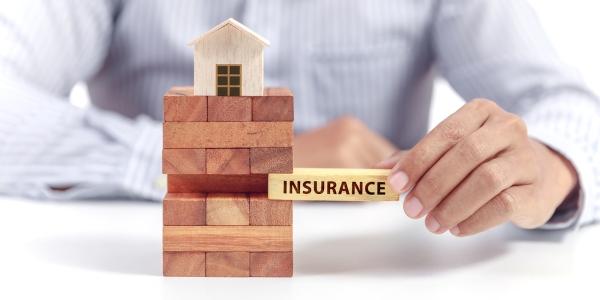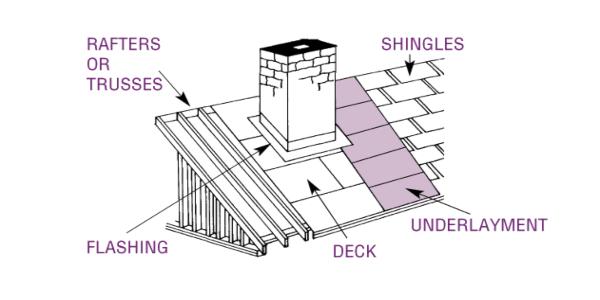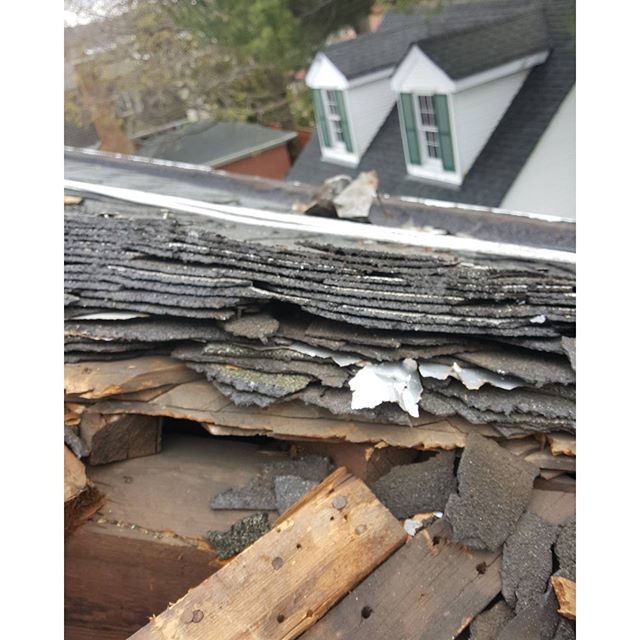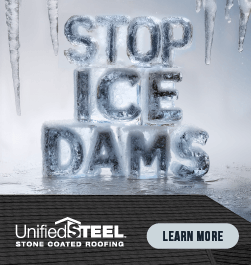Before You Buy, Consider Your Home’s Insurance Risks

By Cass Jacoby, RCS Reporter.
Look out for these sneaky home risks that can make your homeowners insurance skyrocket.
In the excitement of buying a new home, homeowners' insurance isn't always at the front of your mind. Who has time to think about coverage when you are already fantasizing about where you will put the couch and wall decor? However, there are hidden risks that come with your dream home that can turn it into an insurance nightmare. Learning how to spot these issues before purchasing your home can help you save a considerable amount of money.
With low rates making mortgages more affordable and the recent pandemic, many first-time homebuyers moving to the suburbs are unaware of these common hazards. “People should walk into these situations with eyes wide open,” Jennifer Naughton, risk consulting officer for North America for Chubb, told Tulsa World.
So, it is pertinent to ask yourself these questions to avoid falling into an insurance money pit.
Is your home in an accident-prone area?
A homeowners insurance premium can depend on your location and the risks inherent to where the home is. Take how close you are to a fire hydrant or fire station, for example, homes on roads that are difficult for fire trucks to access can be more expensive to insure.
In the same vein, consider if your future home is at risk of wildfires or severe weather. If they are, private companies probably won't insure them. Without insurance, you can't get a mortgage, so your options narrow to state-run risk pools that cost more and cover less than homeowner's insurance.
Suppose your home is in a hurricane-prone area. In that case, you will have deductibles higher than average, resulting in payments up to 5% of the home's value before you are covered.
To better understand what costs you might face because of location, make sure to talk to neighbors and local insurance agents.
Is there potential for water damage?
If you are moving into an older house, you will find that getting coverage is a challenge. Outdated wiring, heating systems or plumbing puts the home at risk of fire or water damage. Insurers and homeowners pay billions each year due to leaky water lines and burst pipes, and your insurance will reflect that. You might be able to lower insurance costs by updating old systems and installing a water monitoring system. Something like water sensors that can shut off the water supply if a leak is detected can run up to several thousand dollars. Still, it will make your property less of a risk to your insurers.
Likewise, consider the flood risk of your home. Regular homeowner's insurance policies do not cover flooding. If your home is in a high-risk zone, you will most likely be required by mortgage lenders to buy a particular flood policy. Be wary of the federal government's flood maps as they understate the risks to properties, especially given the surge in hurricanes and flood warnings.
As stated before, talking to neighbors or an insurance agent helps assess the cost. You can also get flood insurance quotes from the National Flood Insurance Program or private insurers.
Is your home in a state that gets earthquakes?
Speaking of a hazard that isn't included in insurance policies, consider if your home is in an area prone to earthquakes. Barring some private insurers and the California earthquake authority, most homeowner's policies will not include earthquake damage in your policy.
According to the U.S. Geological Survey, the sixteen states at high risk for a damaging earthquake are: Alaska, Arkansas, California, Hawaii, Idaho, Illinois, Kentucky, Missouri, Montana, Nevada, Oregon, South Carolina, Tennessee, Utah, Washington and Wyoming.
Additionally, pay attention if you live in a home that is especially at risk of earthquake damage, like a home built before 1908. These homes typically have a stem wall—a wood-framed first floor resting on a concrete perimeter—or a cripple wall – a short wooden wall between the foundation and the wood-framed first floor. These house types can be made more secure with bolts and braces that anchor them to their foundations. Post-and-pier houses that rest on pilings will also need to create a concrete foundation to make them safer.
If your living space is on a steep hillside or is a "soft story" building you will need to get it evaluated by a structural engineer to assess vulnerability to damage.
Conclusion
All in all, risk-free houses don't exist. Looking into the risks will help you decide if you are willing to pay much higher insurance or mitigation costs or if you want to find a less risky home. It is important to make these decisions upfront before the home is purchased, not after you are stuck with a high bill.
Have a question? AskARoofer.
Find your local roofing contractor in the RoofersCoffeeShop® Contractor Directory.













Comments
Leave a Reply
Have an account? Login to leave a comment!
Sign In